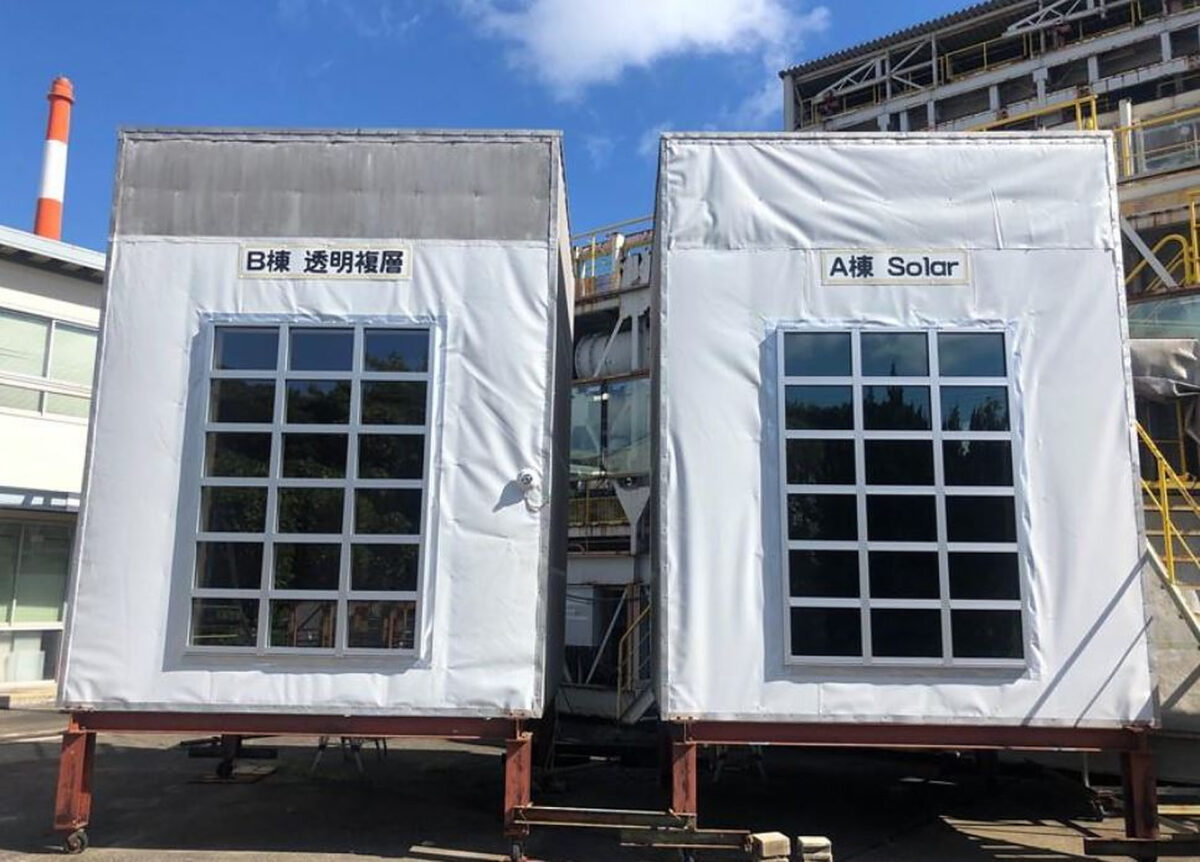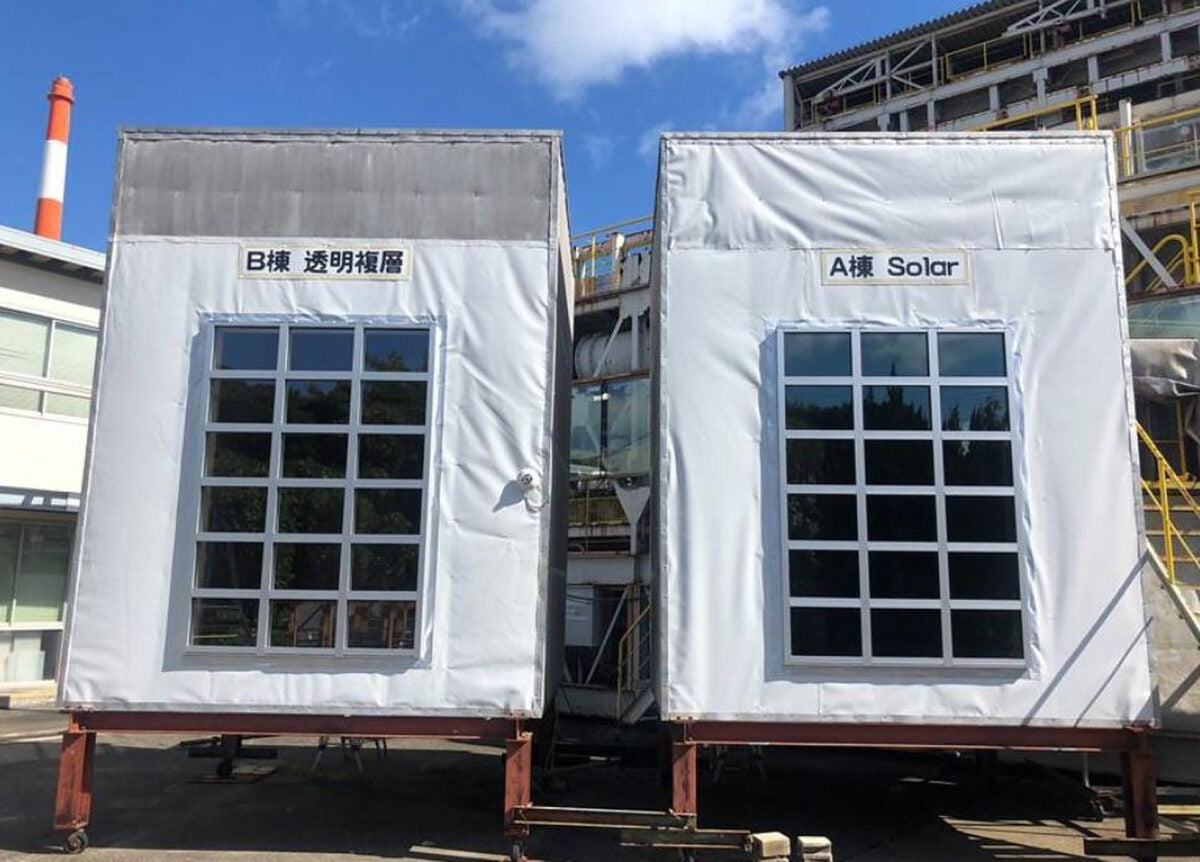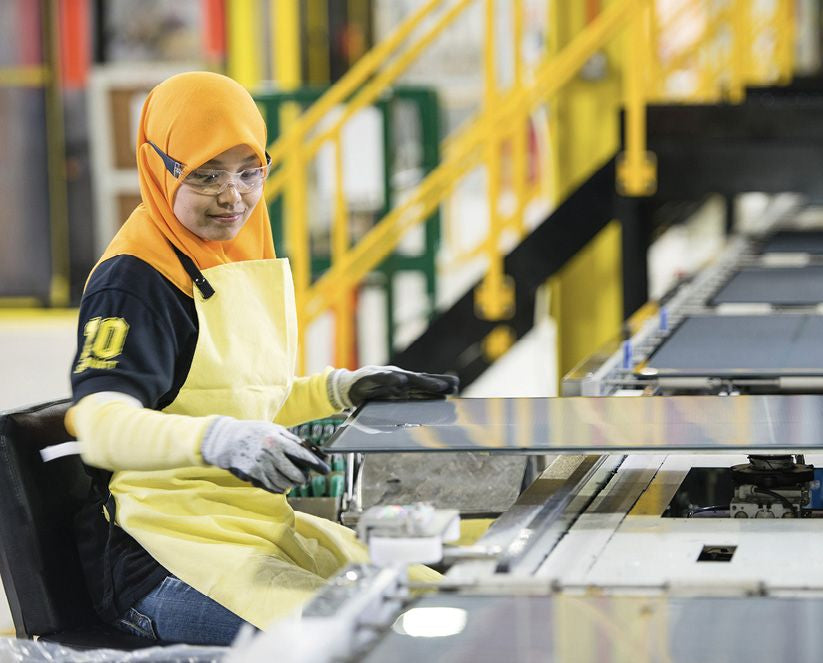https://www.pv-magazine.com/2023/04/27/japanese-consortium-tests-transparent-pv-windows-in-indoor-environment/
Japanese consortium tests transparent PV windows in indoor environment

UE Power windows
Image: Eneos
NSG says it will test transparent photovoltaic windows made by its Ubiquitous Energy subsidiary in indoor environments at Takanawa Gateway Station, a train station in Tokyo. NSG is leading a consortium formed by Japanese oil company Eneos, East Japan Railway Company, and Japanese architectural firm YKK AP.
“These windows are capable of highly efficient power generation using ultraviolet and infrared rays as energy sources, while maintaining the same level of transparency as ordinary windows and offering excellent heat shielding and heat insulation properties,” the company said in a statement.
The UE Power window has a transparent photovoltaic coating that absorbs non-visible wavelengths, collects and transmits electricity via an onboard system within the window frame, and transfers generated energy to a battery, boosting building energy efficiency.
The window can take technical data points, such as wind speed, light exposure, and temperature from the site. The data can be used to integrate with building system controls to optimize power utilization.
Popular content
NSG and Eneos previously quantitatively evaluated the solar windows outdoors at NSG's Chiba Plant for one year. The testing period for the windows at Takanawa Gateway Station will be two months.
Ubiquitous Energy claims that its patented transparent PV glass coating produces energy without altering the appearance of traditional windows.The UE Power windows could offset up to 10% of global carbon emissions and significantly reduce the 40% of emissions sourced from buildings, according to the company.
This content is protected by copyright and may not be reused. If you want to cooperate with us and would like to reuse some of our content, please contact: editors@pv-magazine.com.




